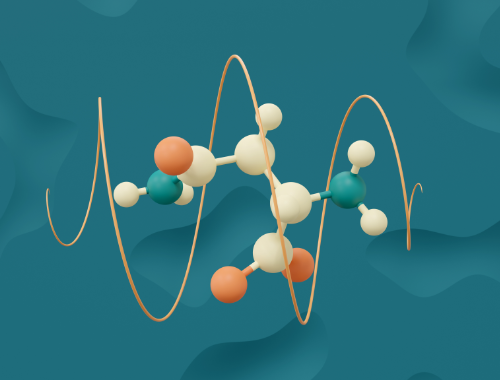Electronegativity refers to a property of particles and atoms that make them attract electrons or particles that are negatively charged. There are various elements and particles present in the Earth, and each of them are classified according to their properties. One classification involves metals and non-metals. And in terms of electronegativity, non-metals are said to have higher values compared to metallic substances. Â The basic reason for this is that non-metallic substances and particles have also a very high nuclear charge. And when the nuclear charge is higher than most, the substances and particles will also be able to attract negatively charged particles or the electrons. This property can easily be noticed when a student, for example, browses through the standard periodic table of elements. Using this chemistry table, one would be able to note that elements that are classified as non-metals have higher values for electronegativity. Metallic elements, meanwhile, will normally have low values of electronegativity because they attract less of the electrons.
Examples of non-metals that have high electronegativity include: water or hydrogen, oxygen, nitrogen, carbon, and sulfur, among others. These particular groups of elements basically share the same properties like higher reactions to ionization, low thermal conduction, poor electrical conduction, and little or no shine or luster that is associated with metallic substances. These properties are in addition to their high tendency of attracting negatively charged ions and particles. With the combination of chlorine and hydrogen, for example, the former element has a greater attraction to electrons, and so it has a higher value of electronegativity compared to the latter element. And so in this case, the so-called bonding electrons are formed closer to chlorine rather than to the hydrogen atom. Whichever atom or particle has the high electronegativity value, it will have the greater tendency to bond with the negatively charged electrons.
Noble gases, meanwhile, are also classified as non-metallic substances, but they also have distinct properties that separate them from the standard, non-metallic group of elements.










Leave a Reply